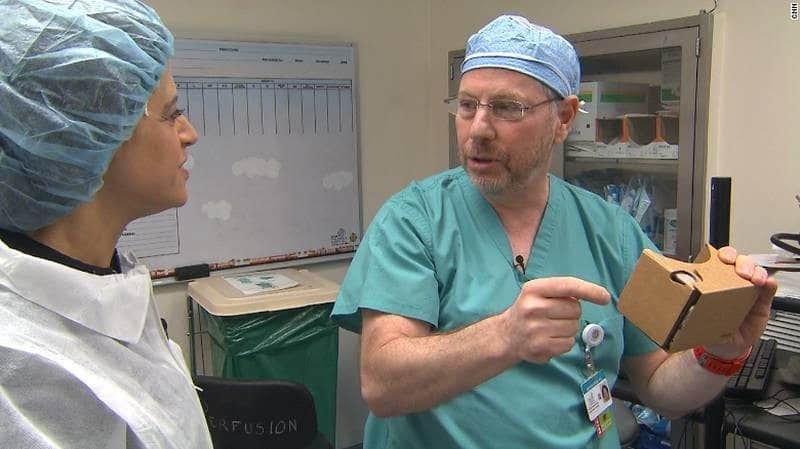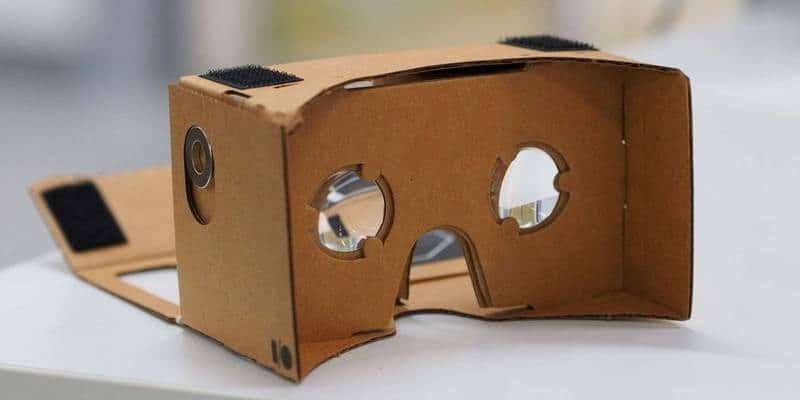Google Cardboard Used to help Save a Baby’s Life
Bohs Hansen / 9 years ago

It is mostly the Oculus Rift and the Sony’s Playstation VR that take the headlines these days, but that doesn’t mean that simpler tools such as the Google Cardboard can’t be useful. In this case it was extremely useful as it helped to plan an operation virtually first and quite possibly have saved a baby’s life at the same time.
Teegan Lexcen was born with a unique defect that the doctors hadn’t seen before. Most of the left half of her heart was missing and on top of that she only has one lung. The parents were originally told by their doctors that nothing could be done. The poor girl was sent to a hospice to have the best care in the little time she had left. But two weeks later, Teegan was still alive. At this point her parents started to look for alternatives and found Redmond Burke, chief of cardiovascular surgery at Nicklaus Children’s Hospital. Burke’s idea, along with a team of heart surgeons, was to 3D print a model of Teegan’s heart and go from there. But to make bad news worse, the 3D printer was broken and due to Teegan’s dangerous condition, something had to be done fast.

The doctors then turned to virtual reality in order to get a 3D image of the child’s chest region and organs. Doctors downloaded 3D images of the heart to an iPhone using the app Sketchfab. The images were similar to the 3D models that the doctors had on their computers, but the Google Cardboard used made it easier to accurately view every angle of the heart’s structure.
There were two major difficulties with this surgery, besides the extra risk that there always is with patients this young. First, the heart was placed further to the left of the chest than normal. That would normally require a very big incision which is a “massive trauma to a baby, it’s just horrendous,” Burke told CNN. Thanks to the Google Cardboard, Burke was able to visualize the precise location and use a much smaller and simpler midline incision.
The second challenge was a missing ventricle. Normally we have two, one that supplies the blood to the lungs while the other takes care of the rest. This was a tricky one in all conditions, but again the Google Cardboard helped Burke come up with a completely new procedure and solution for the problem. He rerouted Teegan’s right ventricle so it could continue to pump blood to both her lungs and body. He did this after having spent hours examining the 3D image of Teegan’s heart in Google Cardboard before pulling off the procedure with no complications.
This is a perfect example of why I love technology. When it is used for good and to help. In this case it was something as simple and cheap as a Google Cardboard (together with a lesser cheap iPhone) that helped do what an expensive 3D printer failed at. I wish little Teegan and her entire family all the best, may they all have a blessed life together.



















